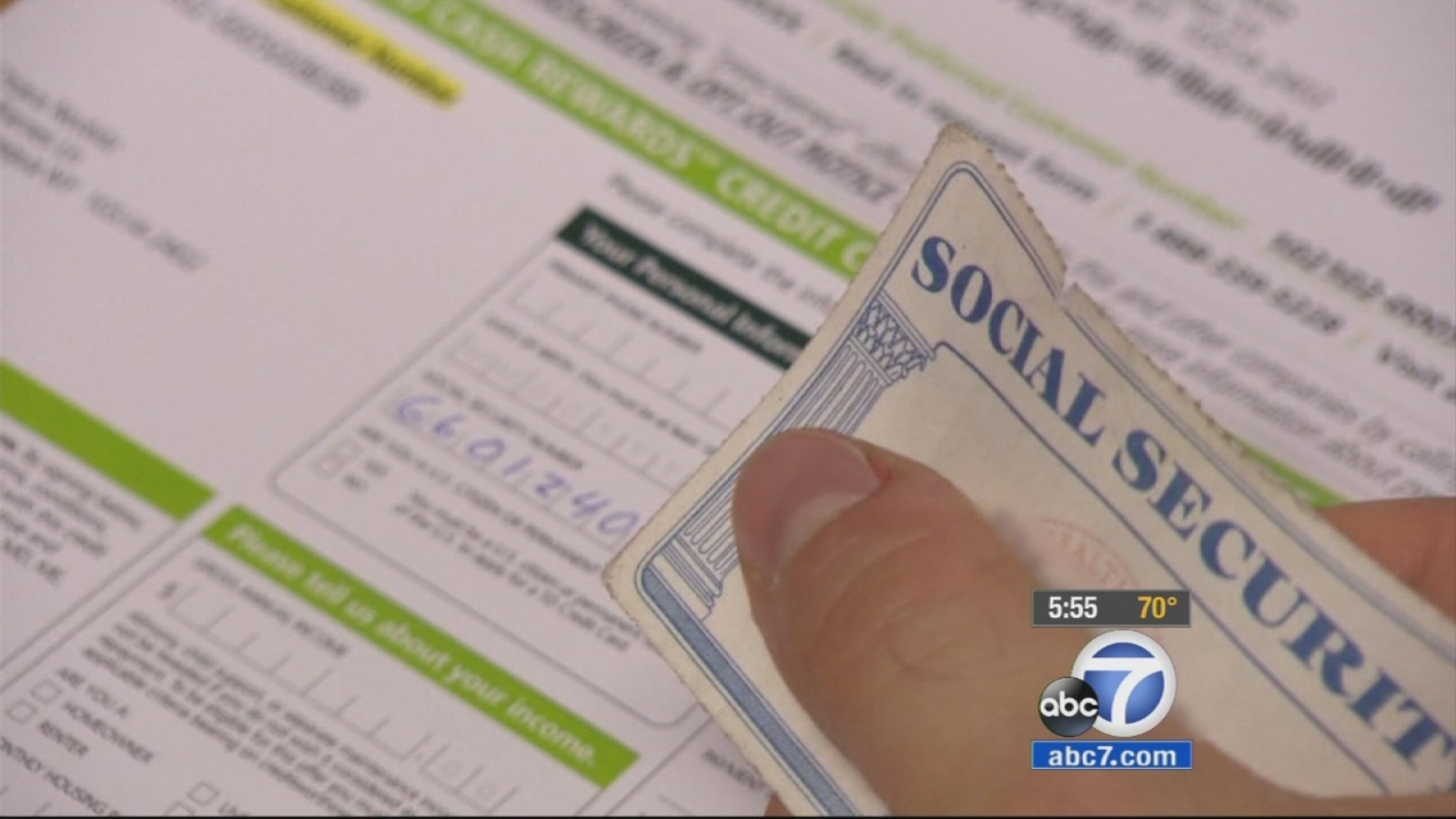This post will educate you on the different methods by which one can Send Social Security Number Safely.
In the process of trying to transmit delicate information such as your social security number to an individual, it is important to be cautious in the way and in the choice of platform to transmit such data.
Identity thefts are a real thing, especially in the united states, mainly because they are asked to provide their social security number in different types of interaction.
Social Security Numbers were never aspired to be a “one size fits all” main ID, but in several ways, that’s actually what has happened. But fortunately, there are ways one can safely send sensitive information which will be discussed below in the post.
Here in this article is everything you need to know about social security numbers and different ways to transmit social security numbers safely. So make sure to pay full attention to the details in the post to get familiar with the necessary information.
What Is Social Security Number
Social Security Number is a distinct/unique nine-digit identification number assigned to each citizen, which is both a permanent and temporary resident in the United States.
It is allocated by the Social Security Administration (SSA) and is used for a variety of purposes, including tracking individuals’ earnings and contributions to the Social Security system, and for tax purposes.
Usually, the first three digits of a Social Security number represent the area where the individual was issued the number, while the second two digits are known as the “group number” and are used to identify a group of social security numbers issued within a specific geographic area during a certain period. The last four digits are known as the “serial number” and are assigned consecutively within each group.
And everyone knows, that it is important to protect your social security number, as it can be used to commit other fraudulent activities which are identity theft. So it is always advised that you should only share your SSN with trusted individuals or organizations and should take steps to monitor your credit report and accounts regularly for any unauthorized activity.
How To Protect Your Social Security Number
Here are 6 things you can do to safeguard your SSN:
Give an Alternative Form of ID:
As for those in business or working in organizations that request your social security number, you can offer other documents such as your driver’s license number instead. And other alternative IDs can be your passport, proof of current and previous address like utility bills or student ID.
Abandon Your Card at Home:
Be careful not to take your card anywhere you go, lest you increase rhe chances of it getting misplaced and this could lead to a hassle. And also don’t store your social security number on your phone, laptop or other devices. It is mostly rare ro need the card, just reciting the number is just what is required.
Shred Mail and Documents With Personal Details:
Old mail and documents are a magnet for identity thieves. Be careful not to throw out papers that comprise personal details such as your social security number. So get a paper shredder.
Don’t Use Your SSN as a Password:
Using your SSN as the password is dangerous, or even a part of it shouldn’t be used as a password. The password file could be stolen. Decrypted, or might just unconsciously ahead or while someone is leaping over yours. Shoulder
Don’t Send Your SSN via an Electronic Device:
Sending your SSN through an Electronic device is just a pure giveaway of your SSN. The bulk of such messages can be blocked and read. Also, don’t abandon a voicemail that includes your SSN.
Don’t Give It out to Strangers:
Anyone who does this is just straight-up ignorant of its effects. Never giving one’s SSN to someone you don’t know who calls you on the phone and request it. This also applies ro unsolicited emails and any forms you fill out on the internet.
Method Of Transmitting Social Security Number
Using FAX
Faxing is a technique used in transmitting documents, typically using a telephone line, that allows a physical document to be sent electronically to a recipient. The term ” FAX” is short for Facsimile, which means an exact copy or reproduction.
To send a Fax, a document is usually placed in a Fax machine or a multifunction printer with fax capability, which then scans the document and converts it into a digital image. The fax machine then proceeds by sailing the recipient’s fav number, and the digital image of the document is transmitted over the telephone line to the recipient’s machine. The recipient’s fax machine then receives the digital image and prints out a physical copy of the document, typically on plain paper.
Using Email
Information cannot be sent safely via email. Sending delicate data in an email, whether as an attachment or in the body, is therefore not advisable. Dr Fischer notes that email is naturally not a secure channel for sending sensitive data, and it was never intended to be.
FAQ
What is the safest way to send SSN?
In some cases, if possible, do not send your social security number via an electronic device. And suppose you need to contact an individual and give them your SSN, you should do that privately.
How do I send personal information securely?
You can send your personal information safely, by verifying rhe recipient’s name, department and email address before starting/sending delicate information via email. You can fasten an attached document containing your personal information, and then save it as “Read Only”, encode it and protect it with a password. And with that, even if it falls into the wrong hand they won’t be able to access it.
Benefits Of Faxing
Although faxing may seem like an outdated technology in the age of digital communication, it still offers some benefits in certain situations:
- Reliability: Unlike email, which can be delayed or get lost in transit due to technical issues, faxing is a more reliable method of transmitting important documents. This is because fax machines are typically equipped with error-correction protocols that ensure that the document is transmitted and received accurately.
- Security: Faxing can be a more secure method of transmitting confidential or sensitive documents because the transmission is point-to-point and not accessible over the internet. Additionally, some fax machines have security features, such as password protection and encryption, to ensure that the document is only received by the intended recipient.
Conclusion On How To Send Social Security Number Safely
In conclusion, now, we’ve come to the end of the guide, it can be concluded that it is safer to Fax your Social Security Number than to email it. And yes, it is much more preferred to its online alternatives, even by industries in transmitting the information.
But in all, it all boils down to one’s preference. So make sure to attend the to details in the post, to get acquainted with important information.
Be sure to share this post with friends and family.
Robomin is a freelance writer and blogger who covers topics related to Account Creation, gadgets, Refunds, and how to delete An Account. He has a passion for new and innovative technology and enjoys sharing his knowledge with others

